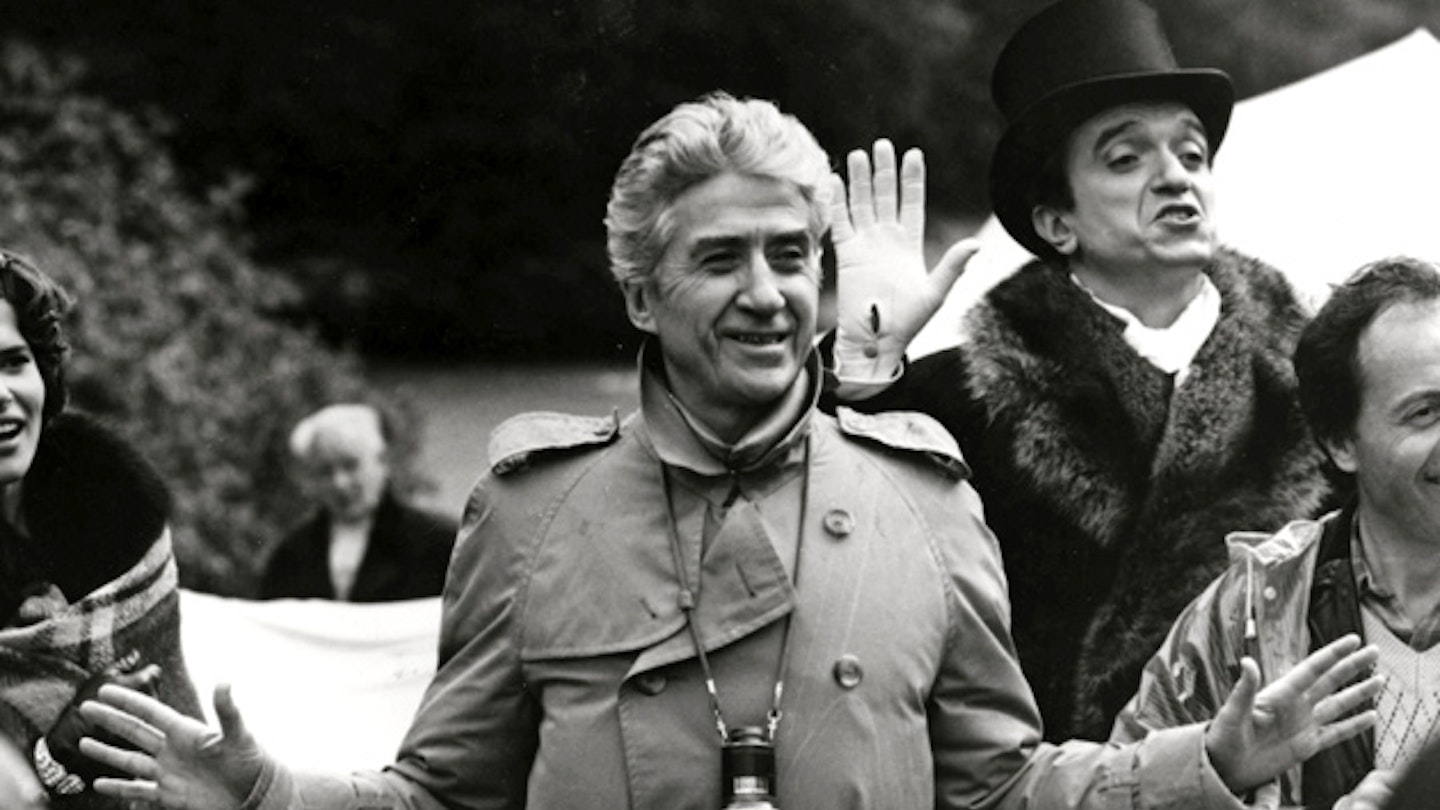In 1957, Alain Resnais was approached by some Franco-Japanese producers to make a film exploring life in Hiroshima since the dropping of the atomic bomb in August 1945. Unwilling to repeat the formula employed in his Holocaust masterpiece, Night and Fog, Resnais asked novelist Marguerite Duras to collaborate on a piece in which the `atomic agony' was a facet of the action rather than its fulcrum. What resulted was the first truly modernist feature. But while its release in 1959 coincided with the launch of auteur cinema, this was very much a collaborative effort, with Sacha Vierny and Michio Takahashi's location photography being intricately linked by Henri Colpi's editorial team and sensitively complemented by Giovanni Fusco and Georges Delerue's contrasting musical contributions.
This is a film about memory, experience and representation. But rather than tackle their themes in a traditionally linear manner, Resnais and Duras borrowed the Proustian idea of involuntary association to create what Resnais called `a sort of poem in which the images would act as counterpoint to the text'. Thus, Emmanuelle Riva is able to recall her past via a subliminal flash cut between the hands of her sleeping Japanese lover and his dying German counterpart and similar instances of metaphoric logic dictate that her recollections continue to intrude upon her present for the remainder of her stay.
In order to achieve this temporal and spatial dislocation, Resnais had to devise a new film grammar and the viewer has to concentrate throughout to make the links between events in occupied France and liberated Japan. Thus, he juxtaposed scenes of her post-collaborationist suffering with the tragedies that befell Hiroshima and Nagasaki and, in the process, he succeeded in questioning both the nature of narrative truth and the reliability of remembrance. In this regard, his use of clips from Hideo Sekigawa's dramatic reconstruction Hiroshima are particularly contentious, as rather than urging us to learn from the lessons of history, Resnais seems to be suggesting that the only way in which humanity can cope with the atrocities it has perpetrated and endured is continuously to forget.

